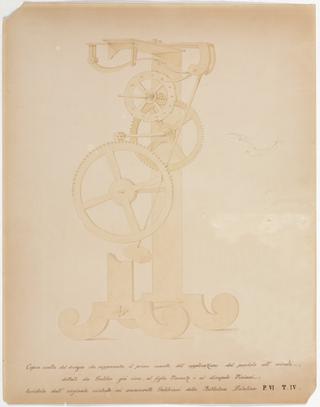
Pendulum clock designed by Galileo in 1642 and made by his son in 1649, model.
1642-1649 (original); 1883 (model)

1642-1649 (original); 1883 (model)
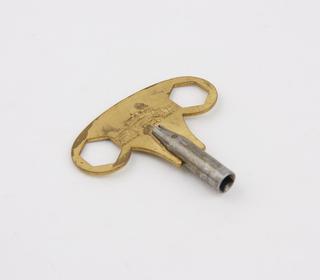
1947-1949
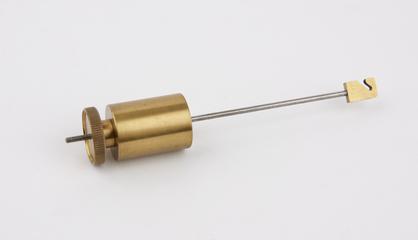
1947-1949
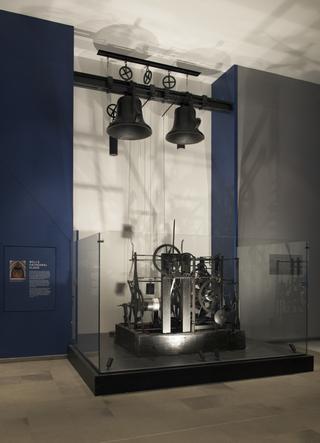
1392

1600-1800

1947-1949
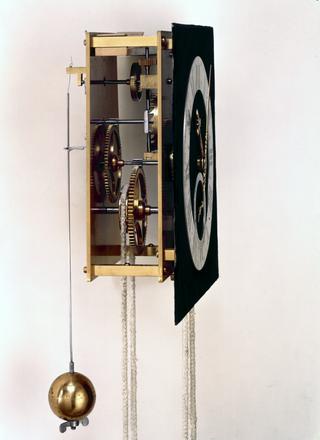
1956
1715
1950
1920-1940
1927